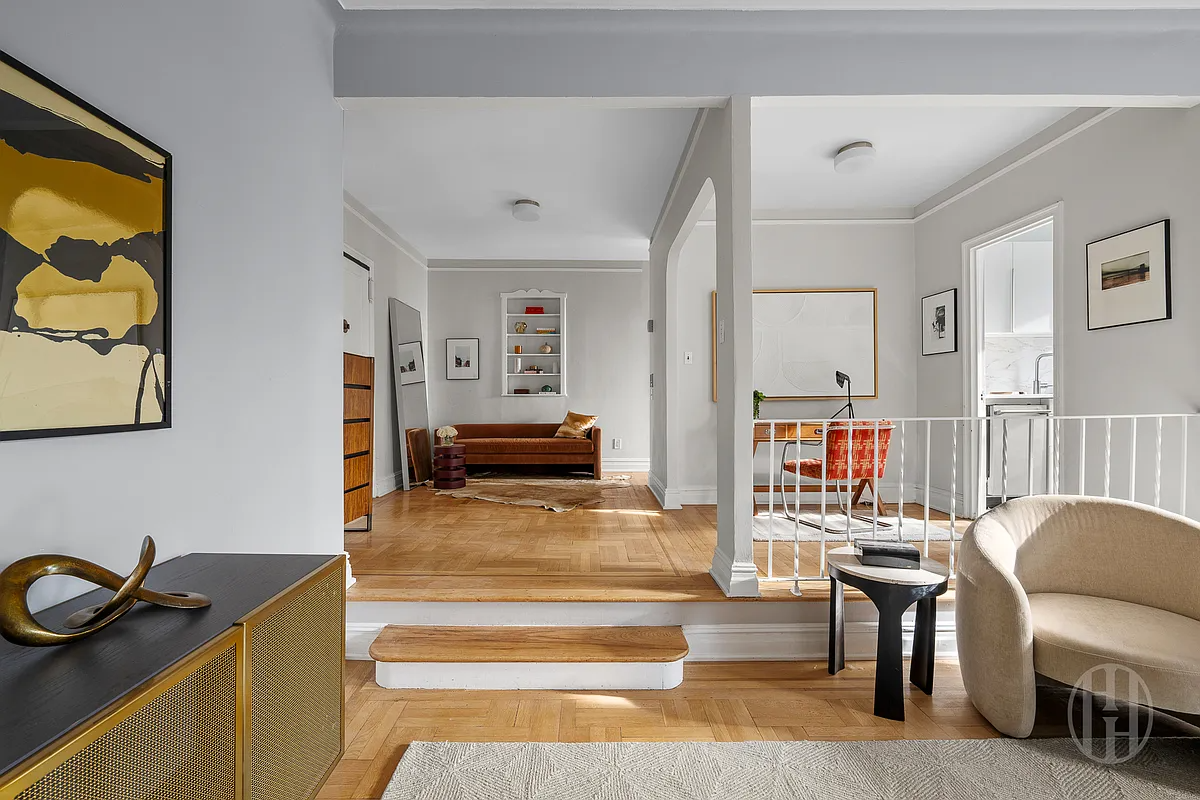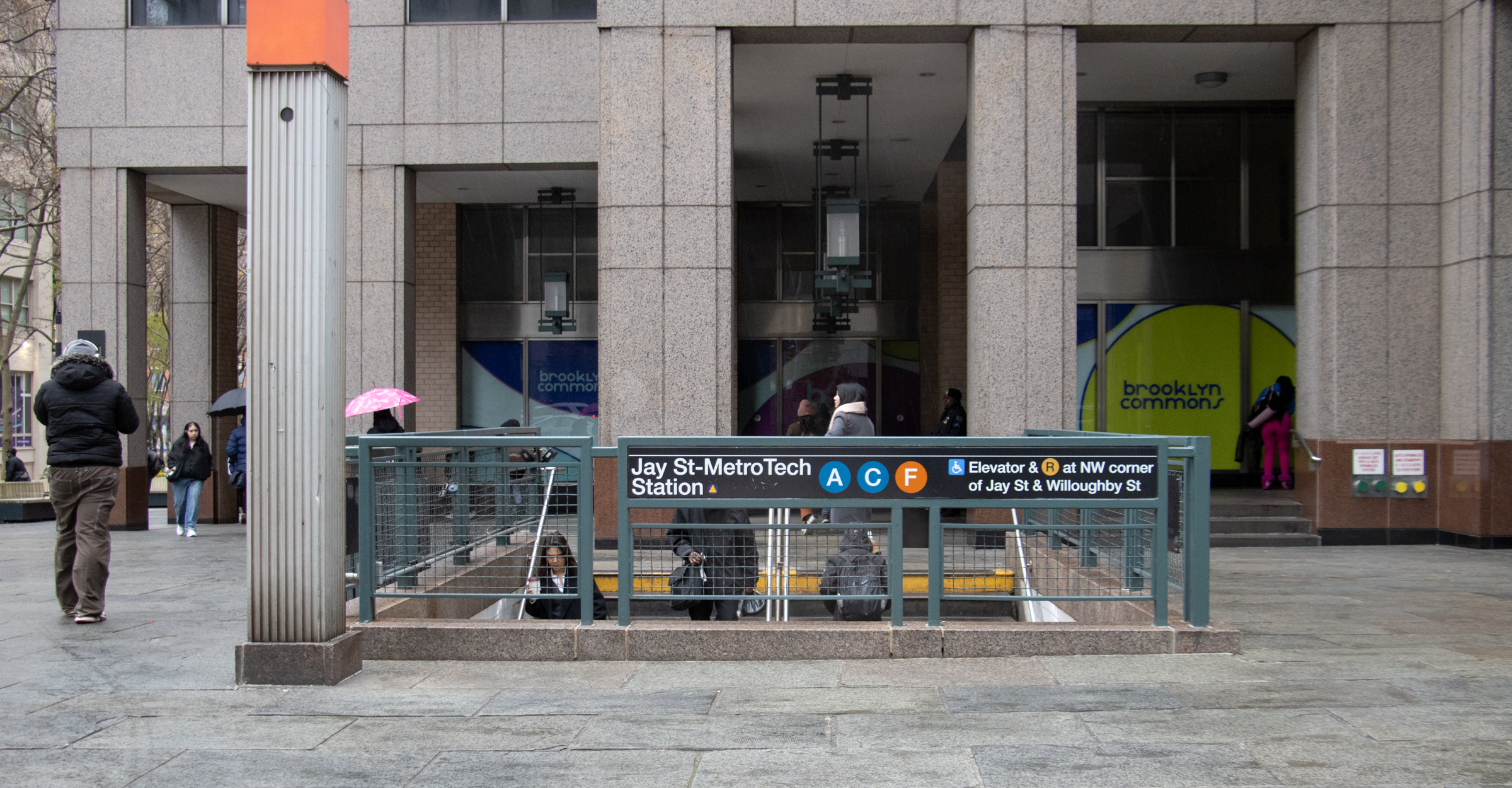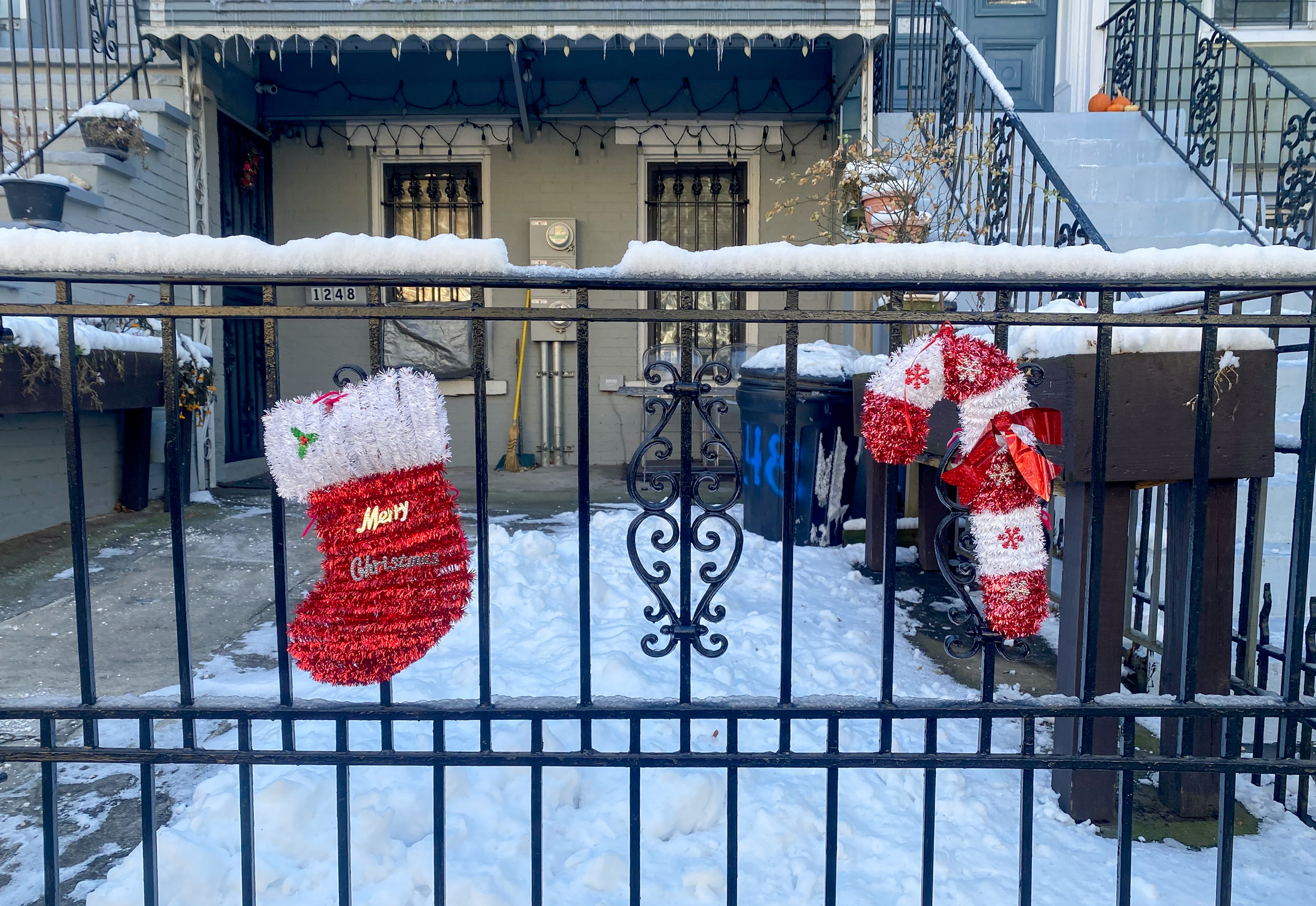Austin, Nichols Sorta Landmarked Post-Renovation
If we forget the fact that the Austin, Nichols warehouse at 184 Kent Avenue in Williamsburg should have been landmarked back in 2005 when the City Council shot it down, today’s news that the current owner and redeveloper of the 1914 building (shown here mid-paint job last October) has formally donated a deed of easement…


If we forget the fact that the Austin, Nichols warehouse at 184 Kent Avenue in Williamsburg should have been landmarked back in 2005 when the City Council shot it down, today’s news that the current owner and redeveloper of the 1914 building (shown here mid-paint job last October) has formally donated a deed of easement to the Trust for Architectural Easements is a good thing, we guess. What does it mean? That the Cass Gilbert-designed warehouse can’t be torn down, nor can its height and shape be altered. The center of the building can be hollowed out and a rooftop addition installed as per the developers plans. Still, in the grand scheme of the last building boom, this developer has shown more respect for history than most.
Warehouse in Brooklyn Is Formally Protected [NY Times] GMAP
The Conversion of 184 Kent Avenue Marches On [Brownstoner]
In Reversal, 184 Kent Cozies Up to Preservationists [Brownstoner]
Do or Die Time for Cass Gilbert’s 184 Kent Avenue [Brownstoner]





Oh and the IRS has lost every single audit review on “Landmarked and Eased” properties from 1976 to present. It seems – every now and then the IRS reviews a few easements to see if the program is being administered properly – so far – all is good.
Sam – your comments are moronic – you simply don’t understand the easement program and you don’t understand the Architectural Trust. This is a fine program that has saved many bldgs that were at risk and the Trust is a fine group that has done many things in New York other than easements for the sake of Historic Preservation. The renovations of the Austin Nicholas warehouse were carefully reviewed and negotiated with the New York State Office of Historic Preservation and the National Park Service. The character defining features of the building has been restored and preserved. If you ever get down to the east river go for a stroll around the property – I think you will be very pleased to see the results.
I thought all of TFAE’s easements were being audited. Why would they donate an easement to that bunch?
A building has to be on the National Register to qualify for easements and tax credits; it does NOT have to be a NYC landmark. Not being a NYC landmark eliminates one of the potential IRS audit issues (if a building is already landmarked, and lpc has control over anything you can do to the facade, are you really donating anything of value?). The other audit issue is typically on the overall appraisal (as Jebby says, if the appraisal is not crazy, its no problem).
TFAE is a private non-profit; that is not the same thing as lpc having jurisdiction over the building.
I like the building, I just think it was designed in a weird Egyptoid prison style. The narrow windows and the battered walls are, you know, a bit uninviting. It is interesting in an “abandon all hope ye who enter here” sort of way.
Re the easement tax benefit: If you want to do any facade changes, there is basically a second set of approvals on top of Landmarks. There is no approval for maintenance that doesn’t change the facade.The tax audit took one letter from my accountant with a copy of the appraisal. If your appraisal is not crazy, it’s no problem. Sam – please look at a picture of this building before the changes. From the architect that brought us the Woolworth bldg.
This is very interesting. Is the building in a State historic District,or is it on the National Register? IIRC those used to be requirements for donating a facade easement to the Trust for Architectural Easements. If this has changed, these facade easements might be useful for people in my neighborhood whose homes are outside the existing historic district who, thus far, have been unable to interest the LPC in extending the boundaries. [AND, I’d take back all the bad things I’ve written about the Trust for Architectural Easements in the past].
Sam, back in its pristine white days it really wasn’t hideous.
This is one of those buildings that is interesting because it is so hideous.
Why didn’t the Brooklyn House of Detention move here?
That would have been perfect.